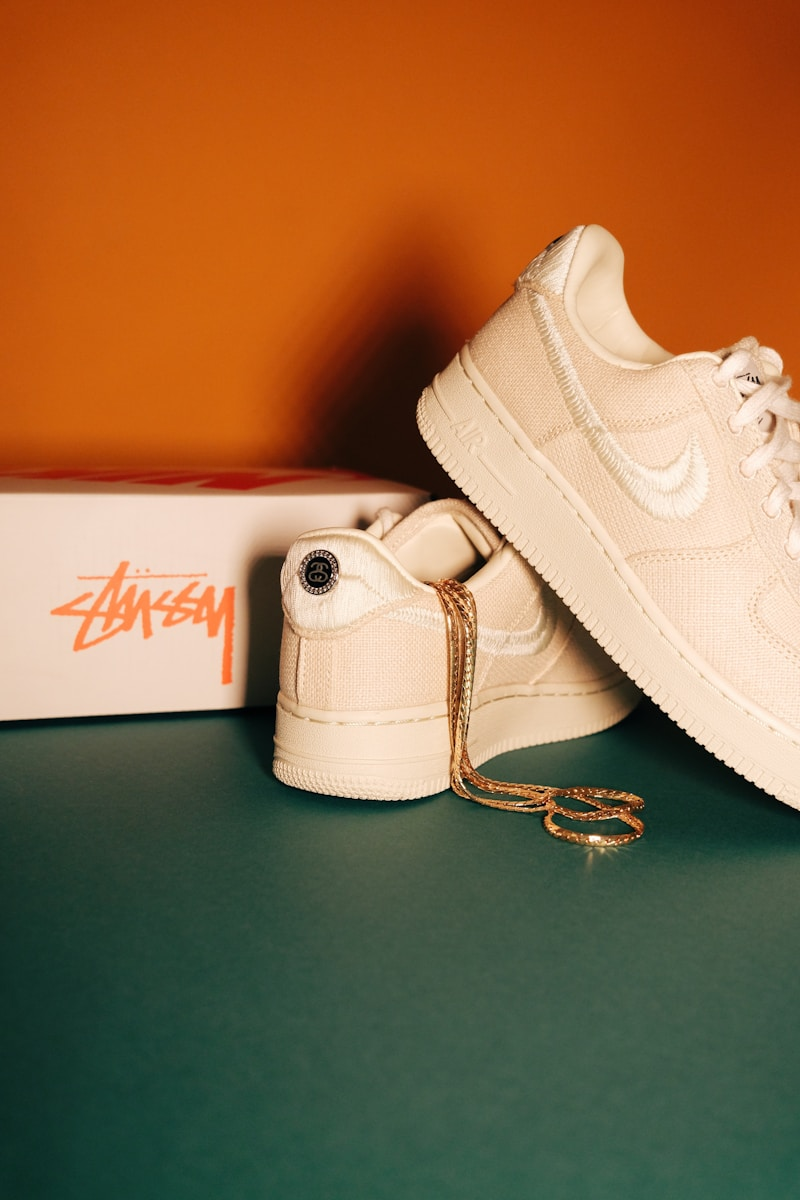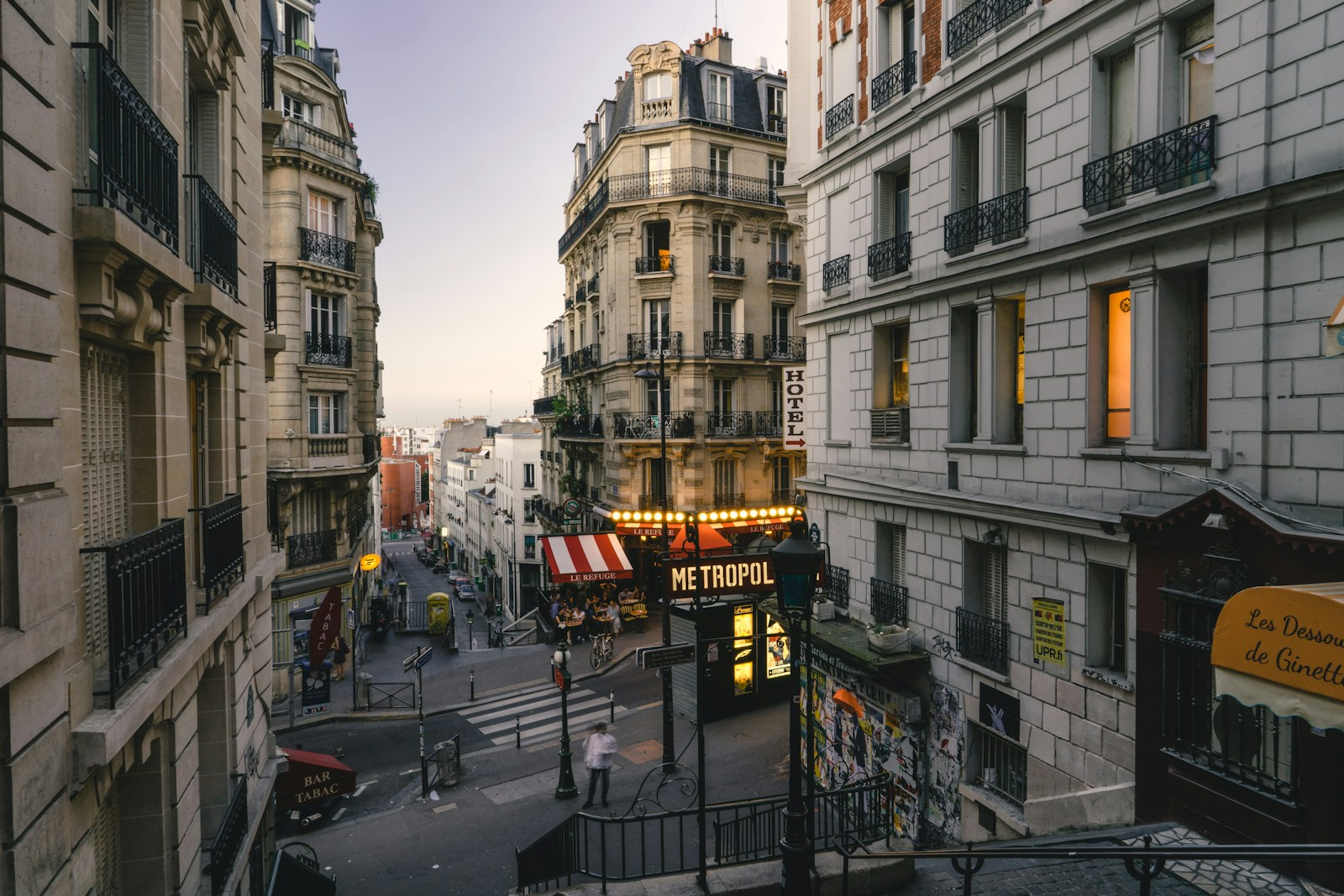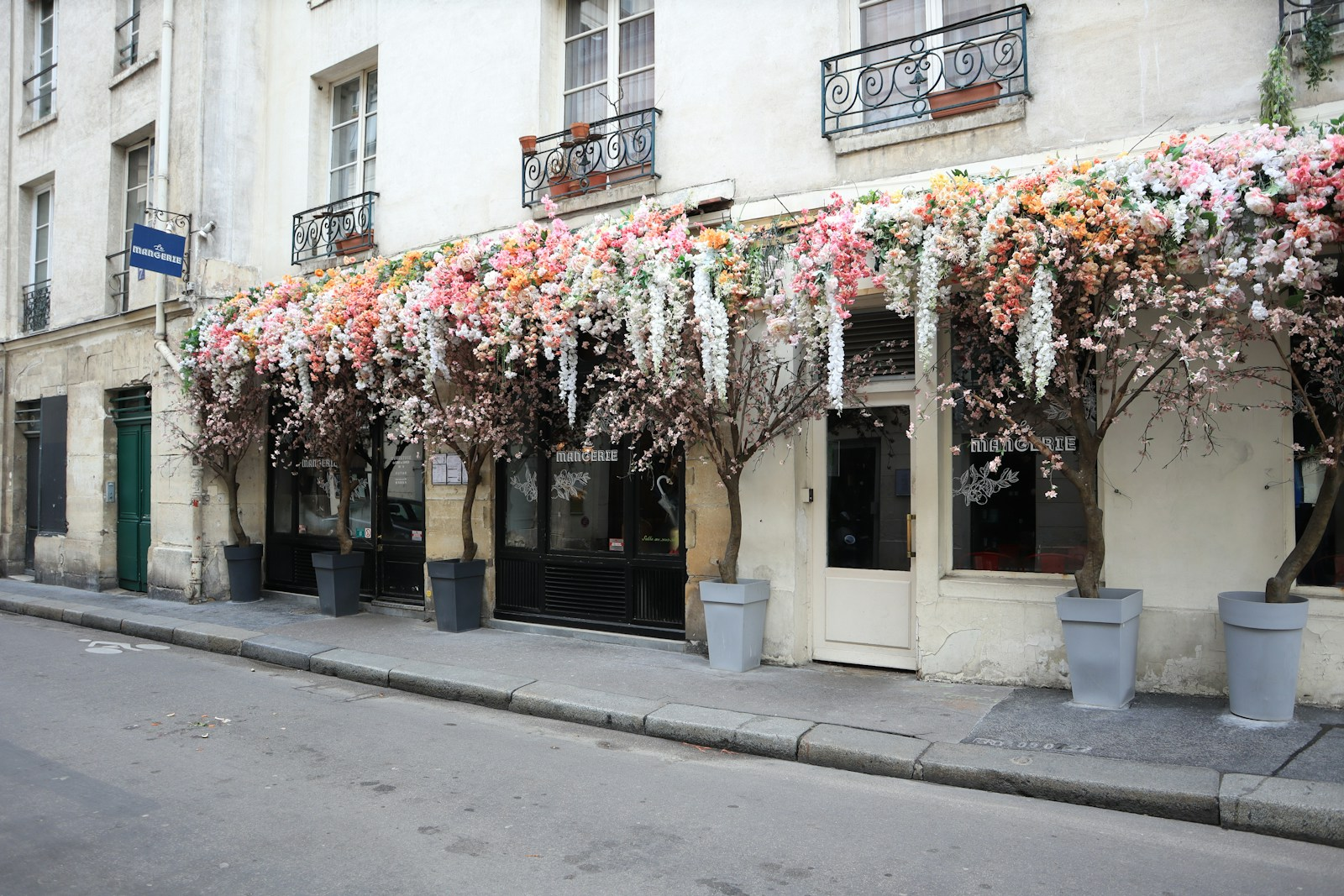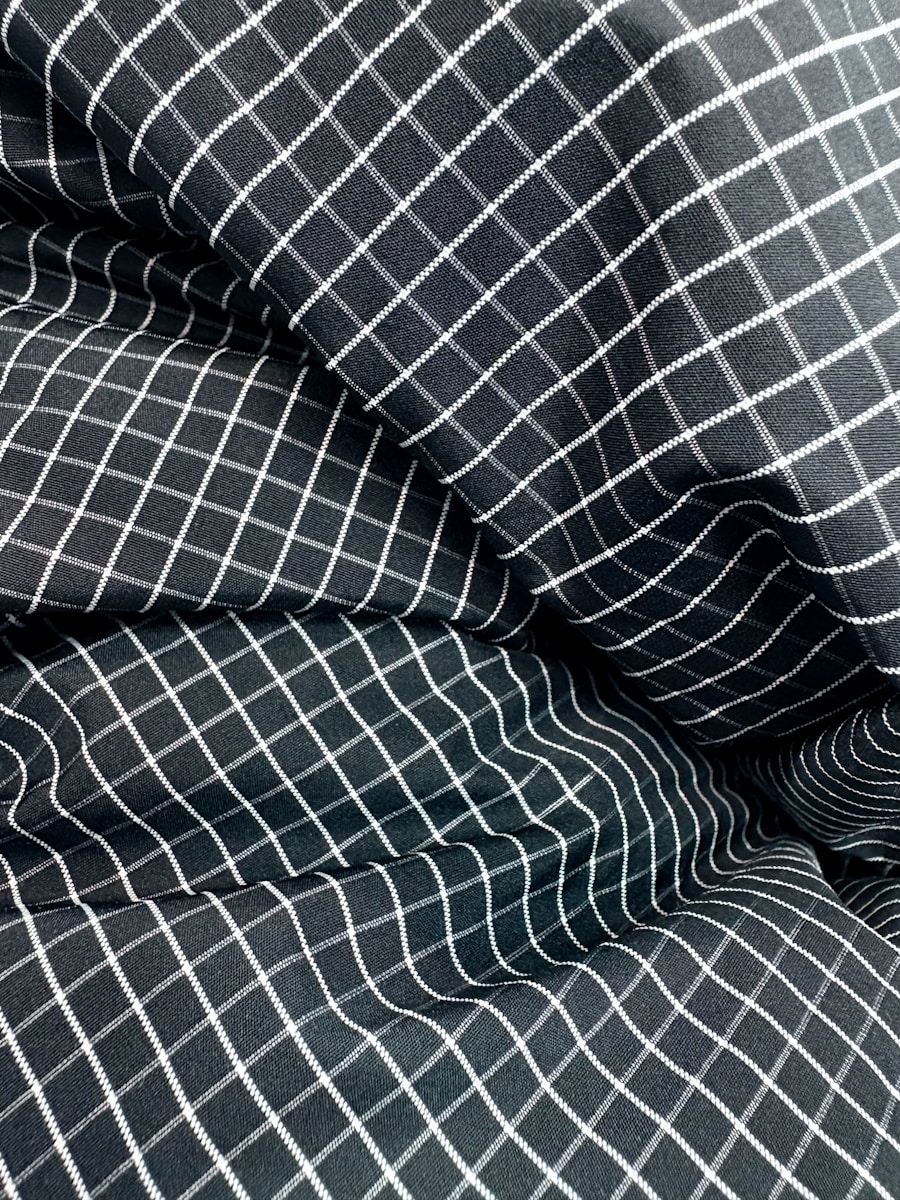The relationship between music and streetwear represents one of fashion’s most authentic and influential partnerships, where cultural expression, artistic identity, and commercial success intersect in ways that have fundamentally shaped both industries. This connection goes far beyond simple celebrity endorsements to encompass shared values of authenticity, rebellion, and cultural commentary that resonate with global audiences.
Historical Foundations of the Music-Streetwear Connection

Hip-Hop’s Revolutionary Impact
Hip-hop culture didn’t just change music—it revolutionized fashion by democratizing style and establishing new relationships between artists, brands, and audiences. Early hip-hop pioneers transformed everyday clothing items into statements of identity, creativity, and cultural belonging that transcended traditional fashion hierarchies.
The movement established principles that still define streetwear today: authenticity over artifice, cultural relevance over luxury positioning, and community connection over elite exclusivity.
Punk and Alternative Rock Influences

Punk rock’s DIY aesthetic and anti-establishment attitude created templates for streetwear’s approach to traditional fashion rules. The customization, deconstruction, and repurposing of clothing that defined punk culture became foundational elements of streetwear design philosophy.
Alternative rock scenes of the 1980s and 1990s demonstrated how music subcultures could influence mainstream fashion while maintaining their authentic cultural identity.
Electronic Music and Rave Culture

Electronic music scenes developed distinctive aesthetics that emphasized functionality, technology integration, and subcultural identification through clothing choices. These influences appear throughout contemporary streetwear’s technical fabrics, utility designs, and futuristic aesthetics.
Shared Cultural Values and Aesthetics

Authenticity as Core Principle
Both music and streetwear culture prioritize authenticity over commercial polish, valuing genuine expression and cultural relevance over mass-market appeal. This shared commitment creates natural partnerships between musicians and streetwear brands that maintain credibility with discerning audiences.
Anti-Establishment Attitudes
Music and streetwear both emerged from countercultural movements that challenged established norms and power structures. This rebellious spirit continues to influence both industries’ approach to creativity, marketing, and cultural participation.
Community Building and Belonging
Music scenes and streetwear culture create communities united around shared values, aesthetics, and cultural references. Clothing becomes a way to signal membership in musical subcultures while expressing individual identity within those communities.
Artist Influence and Brand Partnerships
Musicians as Style Icons
Contemporary musicians function as unofficial creative directors for streetwear culture, with their style choices immediately influencing global fashion trends. Artists like Kanye West, Travis Scott, and A$AP Rocky have transformed from musical performers into fashion authorities whose clothing choices drive consumer demand and brand partnerships.
Kanye West‘s Fashion Revolution

Kanye West fundamentally altered the relationship between music and fashion by treating fashion as integral to his artistic expression.

His Yeezy empire, built through collaboration with Adidas, generated over $1.7 billion in revenue by 2020, demonstrating how musical credibility can translate into fashion success. West’s influence extends beyond his own brands to his role in popularizing luxury streetwear aesthetics and high-low fashion mixing.
A$AP Rocky‘s Style Leadership
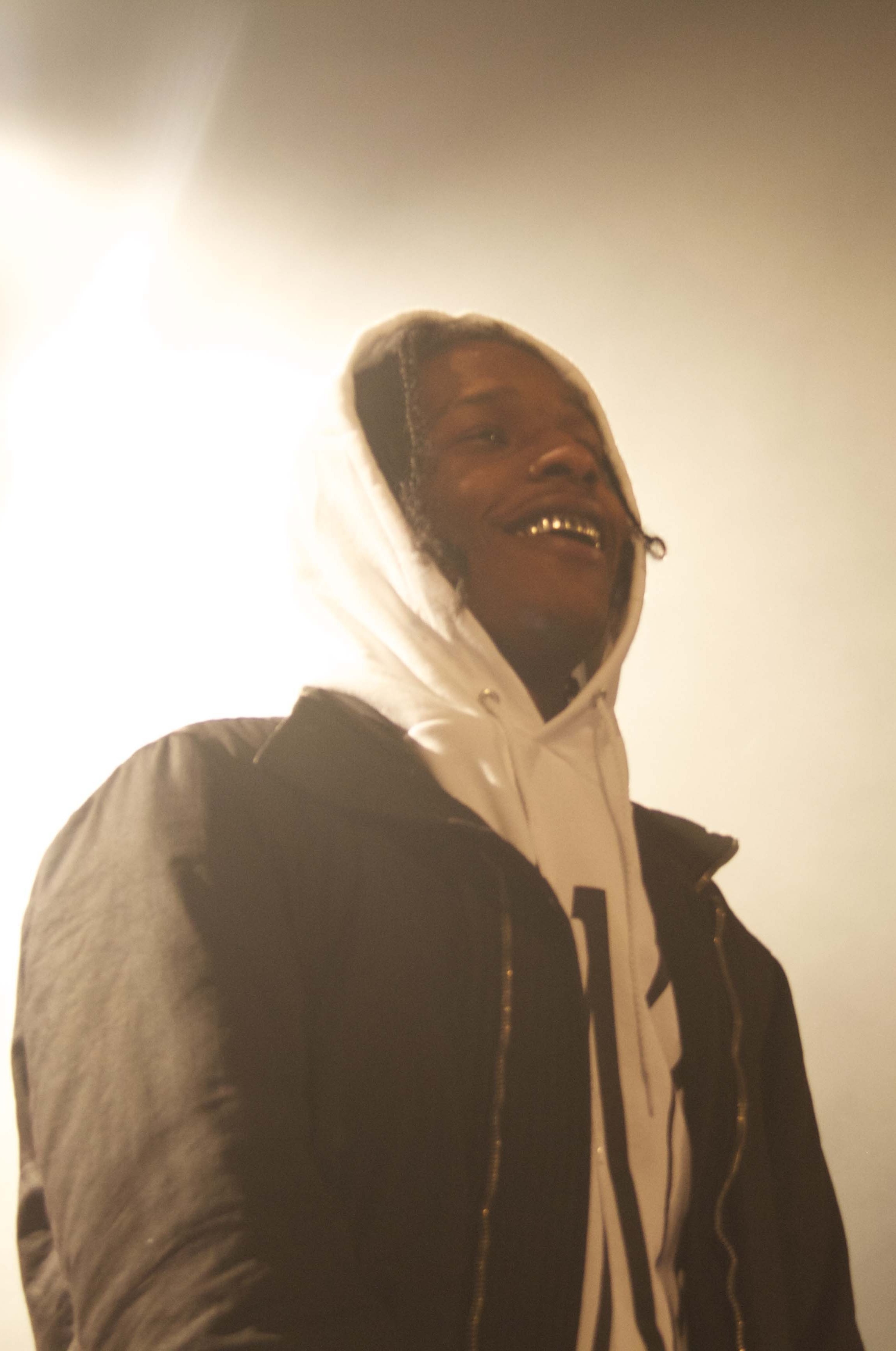
A$AP Rocky elevated hip-hop fashion through his embrace of high fashion, luxury brands, and experimental styling that bridges street culture with runway aesthetics. His collaborations with brands like Guess and Under Armour demonstrate how musicians can maintain authenticity while working with mainstream fashion companies.
Pharrell Williams‘ Creative Direction

Pharrell Williams represents the evolution of musician-fashion relationships through his roles as creative director for major brands including Louis Vuitton Men’s. His Billionaire Boys Club and collaborations with brands like Adidas and Uniqlo demonstrate how musical artists can transition into legitimate fashion leadership roles.

Virgil Abloh’s Cross-Cultural Impact
The late Virgil Abloh exemplified the intersection of music, streetwear, and luxury fashion through his work with Off-White and Louis Vuitton while maintaining deep connections to hip-hop culture.

His designs for artists like Lil Uzi Vert created custom pieces that influenced broader streetwear aesthetics while establishing new standards for artist-designer collaborations.
Collaborative Collections and Limited Releases
The collaboration between musicians and streetwear brands has evolved into sophisticated partnerships that create highly coveted limited releases. These collaborations often sell out immediately, demonstrating the powerful commercial potential when musical credibility meets streetwear design expertise.
Notable Artist-Brand Collaborations
Major collaborations have reshaped the streetwear landscape: Travis Scott‘s partnerships with Nike and McDonald’s,

Kanye West‘s Yeezy empire with Adidas, The Weeknd‘s collections with Puma and H&M, and A$AP Rocky‘s work with Guess have all created cultural moments that transcend typical fashion releases.
Virgil Abloh‘s custom work for artists like Lil Uzi Vert demonstrated how high-fashion design could integrate with hip-hop culture, creating one-off pieces that influence broader streetwear trends while showcasing the potential for meaningful artist-designer partnerships.
Successful collaborations go beyond simple logo placement to create genuine design partnerships that reflect both the artist’s aesthetic vision and the brand’s design capabilities.
Tour Merchandise Revolution
Concert merchandise has evolved from basic t-shirts to sophisticated fashion items that compete with luxury streetwear brands. Artists now invest in high-quality materials, innovative designs, and limited availability that transforms tour merch into collectible fashion items.
Travis Scott‘s Merchandise Empire

Travis Scott has revolutionized tour merchandise, breaking records with single-night merchandise sales exceeding $1 million at venues like Denver’s Bell Arena and Dallas’s American Airlines Center during his 2023 Utopia tour. His approach involves handling production in-house, maintaining creative control while creating pieces that function as collectible streetwear rather than basic concert memorabilia.
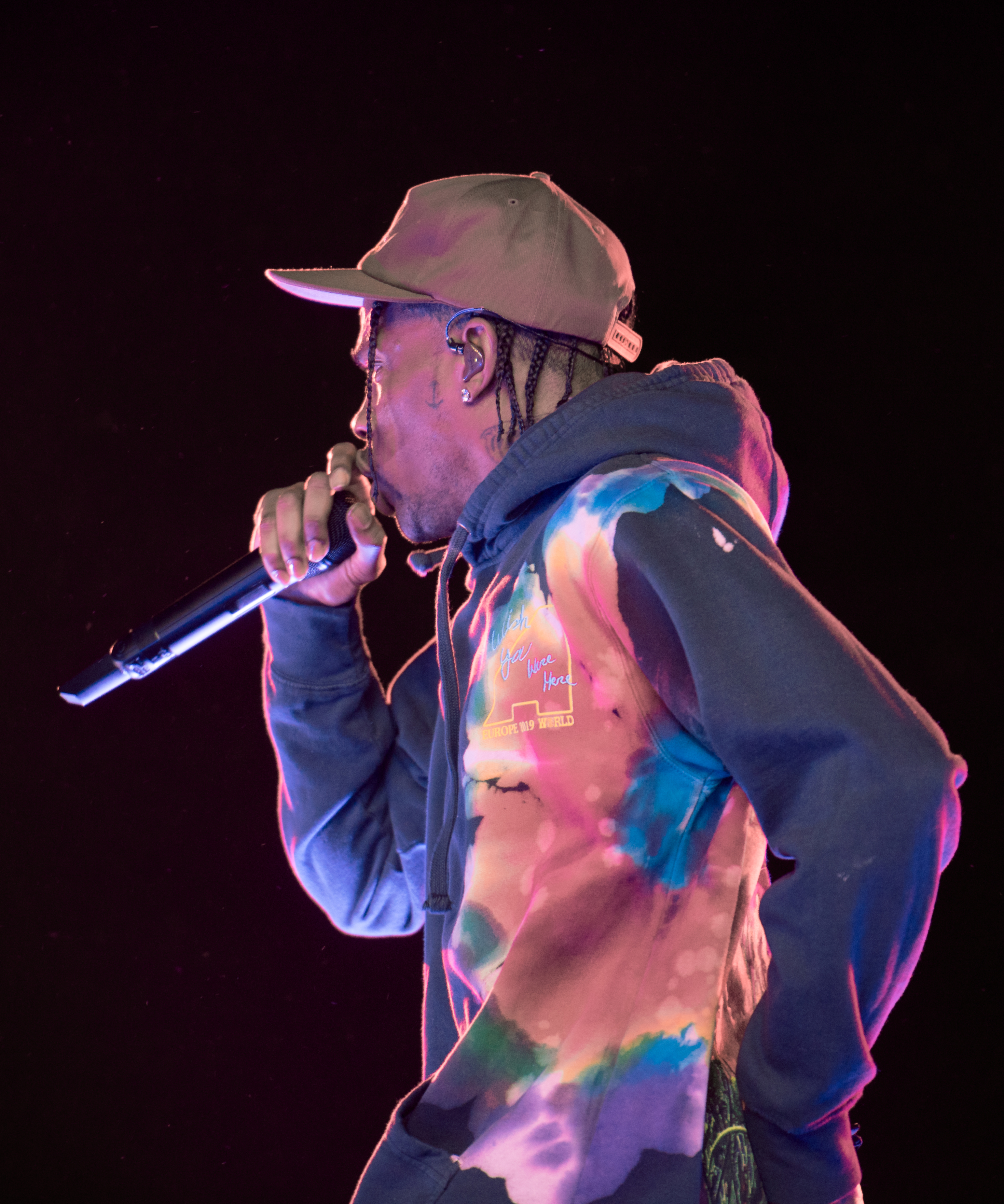
Scott’s merchandise strategy extends beyond concerts to include collaborations with Nike, McDonald’s, and luxury brands, creating a cultural empire that transforms merchandise into millions through strategic collaborations and exclusive drops.
The Rolling Stones‘ Timeless Influence

The Rolling Stones established templates for band merchandise as lifestyle branding, with their iconic tongue logo becoming one of fashion’s most recognizable symbols. Their merchandise transcends generational boundaries, appearing on everything from vintage band tees to high-fashion collaborations that demonstrate how music iconography becomes eternal fashion currency.
Commercial Relationships and Business Models
Artist-Founded Brands
Musicians increasingly launch their own streetwear brands, leveraging their cultural credibility and fan bases to build fashion businesses. Notable examples include Kanye West‘s Yeezy, Pharrell Williams‘ Billionaire Boys Club, A$AP Rocky‘s AWGE, and Tyler, The Creator‘s Golf Wang.

These ventures often succeed because they offer authentic connections between artist identity and fashion expression.
Successful artist-founded brands understand that sustainability requires genuine design vision beyond celebrity status, investing in quality, creativity, and brand development that extends beyond their musical careers.
Brand Ambassador Relationships
Strategic partnerships between musicians and streetwear brands create mutually beneficial relationships where artists gain access to exclusive products while brands benefit from cultural credibility and audience reach. Examples include Rihanna with Puma, Jay-Z with Puma and historical partnerships with Reebok, and Drake with Nike through his NOCTA line.

These relationships work best when they reflect genuine aesthetic alignment rather than purely commercial arrangements, maintaining authenticity that resonates with both musical and fashion audiences.
Festival and Event Integration
Music festivals have become major platforms for streetwear brand activation, creating environments where fashion and music intersect naturally.

Events like Coachella, Rolling Loud, Lollapalooza, and SXSW serve as fashion showcases where brands create installations, pop-up shops, and artist meet-and-greets that reach engaged audiences in culturally relevant contexts.
Economic Impact and Market Dynamics
Market Size and Growth
The intersection of music and streetwear represents significant economic value, with collaborations, artist brands, and music-influenced fashion generating substantial revenue while driving cultural influence. The global music merchandise market is projected to reach $16.3 billion by 2030, though annual growth rates are expected to slow to 1.6% as the market matures.
Tour Merchandise Economics

Travis Scott‘s merchandise sales exemplify the economic potential, with single-night sales exceeding $1 million at multiple venues during his 2023 Utopia tour, while his North American trek generated $95.7 million gross across 44 shows and 686,000 tickets sold. These figures demonstrate how merchandise has become a major revenue stream equal to or exceeding traditional ticket sales.
Artist Brand Valuations
Kanye West‘s Yeezy empire reached valuations exceeding $3 billion at its peak,

while Travis Scott‘s net worth is estimated around $40 million, with revenues from brand partnerships, merchandise, and touring. These valuations reflect how musical credibility translates into fashion market value.

Streetwear Market Integration
The streetwear market, valued at approximately $185 billion globally, increasingly overlaps with music-influenced fashion. Artist collaborations typically generate 200-400% higher sales than non-celebrity partnerships, while music festival merchandise represents approximately 15-20% of overall festival revenue.
Investment and Valuation
Venture capital and private equity investment in music-fashion intersections reflects recognition of the commercial potential and cultural influence of these partnerships. Major fashion conglomerates increasingly seek partnerships with musical artists, while musicians launch fashion ventures backed by significant investment capital.
Global Market Development
Emerging markets increasingly participate in music-streetwear culture, creating opportunities for local artists and brands while contributing to global aesthetic evolution. The Asia-Pacific region represents approximately 35% of global streetwear consumption, with music-influenced fashion driving significant market growth.
The connection between music and streetwear extends far beyond surface-level aesthetics to encompass shared values of authenticity, community, and cultural expression that resonate with global audiences seeking genuine connection in increasingly commercialized environments.
This relationship continues evolving as both industries adapt to technological change, global cultural exchange, and shifting consumer values while maintaining the authentic cultural connections that make these partnerships meaningful and influential.
Understanding this connection provides insight into how cultural expression translates into commercial success while maintaining the authenticity and community connections that make both music and streetwear culturally significant rather than merely commercial products.

